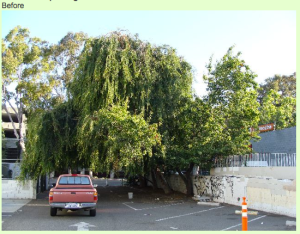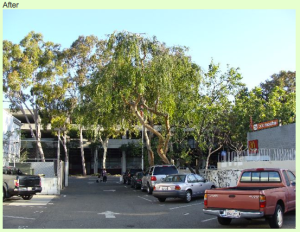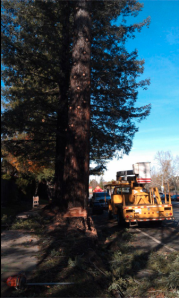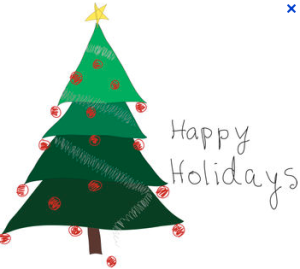Anderson’s Tree Care Specialists, Inc. is a local, family owned, company providing comprehensive tree management services including tree planting, pruning, removal, and stump grinding. We diagnose and treat tree diseases, and provide inventories and management plans for large populations of trees. We provide tree care services for everyone, from individual homeowners to large commercial buildings, to shopping centers, and large private estates. References are available from each of these examples.
Doug Anderson, the owner/operator, started Anderson’s Tree Care in 1995. The company is located in down town San Jose and serves the area from Woodside and Fremont, down to Morgan Hill. The company is fully insured and insurance certificates are available upon request.
The crews have all been with Doug for several years and are always well liked by the customers. They provide excellent work and are courteous and friendly. We have many customers who call to compliment the crews not only for their work, but their clean-ups too.
We pride ourselves on the fact that 80% of our work comes from previous customers and referrals.
We offer free estimates for tree pruning, removals, and other tree work.
Doug is a Certified Contractor with the State of California, license #705171. He has been a Certified Arborist for many years, #1061. Doug holds a Qualified Applicator License, #100328, which enables us to perform tree treatments and fertilizations. He is also a Certified Tree Risk Assessor, #980. Doug provides Arborist Reports when needed and has many years experience in obtaining tree removal permits from various Cities in the Bay Area. He provides plans and pruning schedules for several HOA communities in the area.
Doug has over 30 years of experience in tree care. He is active in the leadership of the Western Chapter of the International Society of Arboriculture, the primary trade organization of the science and business of Arboriculture. The ISA, and its 28 Chapters worldwide, provide training and educational opportunities for over 30,000 members engaged in tree care worldwide.
The Western Chapter, www.wcisa.net, is the largest in the ISA, providing educational and Certification opportunities for approximately 2800 members. Doug served four years as a Director on the Board of Directors for the WCISA (2003-2006), and an additional four years as an Officer, serving as Vice President, President Elect, President, and Past President (2007-2010). During his tenure on the Board, he served as TREE Fund (Tree Research and Education Fund) Liaison to the WCISA Board from 2003 to 2008.
The TREE Fund provides funding for tree related research on an international level. Learn more about the TREE Fund at www.treefund.org. He has ridden in the Tour des Trees, the primary fund raising vehicle for the TREE Fund, six times (2003, 2005-2007, 2009, and 2010.
In 2006 with WCISA Executive Director Rose Epperson he was instrumental in creating the Britton Fund, Inc. Their actions incorporated the Chapter Research Committee into a California C-5 Corporation that is able to raise funds and provide tax receipts for its supporters. Doug currently serves as President of the Britton Fund, Inc. Visit the Britton web site at thebrittonfund.org
In addition, Doug currently serves as Chair of the Certification Committee for the Western Chapter. The Committee provides judges training, question review, creation, and translation, and testing opportunities for the Certified Tree Worker program. It is actively engaged in creating new certifications for tree care workers in tree planting and early care and Utility arboriculture for Chapter members.







